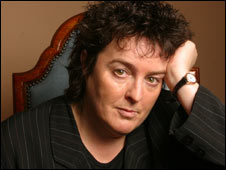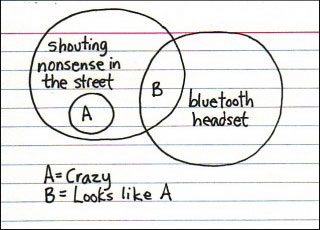 This month Carol Ann Duffy became the first woman ever named Britain’s poet laureate. According to the NY Times she writes “often mischievous poems dealing with the darkest turmoil and the lightest minutiae of everyday life.” This post is a bit off topic, but I’ve been reading her poems for years, and one of my favorite poems ever is by Duffy — I’ve reprinted it below. You can read more of her poetry in the NY Times article and this article from the BBC.
This month Carol Ann Duffy became the first woman ever named Britain’s poet laureate. According to the NY Times she writes “often mischievous poems dealing with the darkest turmoil and the lightest minutiae of everyday life.” This post is a bit off topic, but I’ve been reading her poems for years, and one of my favorite poems ever is by Duffy — I’ve reprinted it below. You can read more of her poetry in the NY Times article and this article from the BBC.

Valentine
Not a red rose or a satin heart.
I give you an onion.
It is a moon wrapped in brown paper.
It promises light
like the careful undressing of love.
Here.
It will blind you with tears
like a lover.
It will make your reflection
a wobbling photo of grief.
I am trying to be truthful.
Not a cute card or a kissogram.
I give you an onion.
Its fierce kiss will stay on your lips,
possessive and faithful
as we are,
for as long as we are.
Take it.
Its platinum loops shrink to a wedding-ring,
if you like.
Lethal.
Its scent will cling to your fingers,
cling to your knife.
 Tuesday this week, the Obama’s hosted a “poetry jam” at the White House (silly me, I thought the term was “slam” not “jam.”) John Stewart made fun of the evening — they were trying to be too hip — but I think endorsing spoken word anything is wonderful. You can see a review here.
Tuesday this week, the Obama’s hosted a “poetry jam” at the White House (silly me, I thought the term was “slam” not “jam.”) John Stewart made fun of the evening — they were trying to be too hip — but I think endorsing spoken word anything is wonderful. You can see a review here. 



